Name Peisistratos Peisistratos | ||
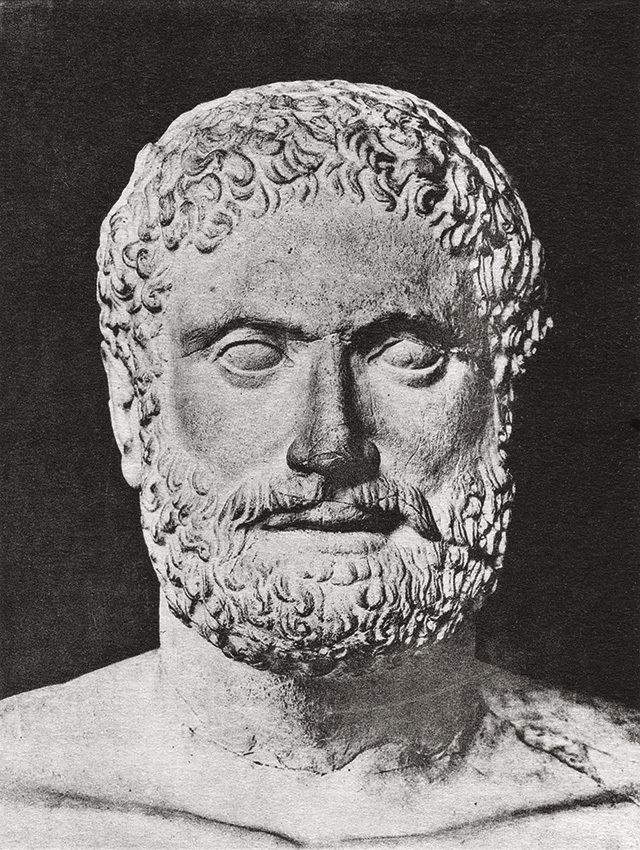 | ||
Parents Hippocrates, father of Peisistratos Similar People Born 600 BC, Athens, Greece | ||
Peisistratos hippias und hipparch attische demokratie
Peisistratos (Greek: Πεισίστρατος; died 528/7 BC), Latinized Pisistratus, the son of Hippocrates, was a ruler of ancient Athens during most of the period between 561 and 527 BC. His legacy lies primarily in his instituting the Panathenaic Festival, historically assigned the date of 566 B.C., and the consequent first attempt at producing a definitive version of the Homeric epics. Peisistratos' championing of the lower class of Athens, the Hyperakrioi, (see below) is an early example of populism. While in power, Peisistratos did not hesitate to confront the aristocracy, and he greatly reduced their privileges, confiscated their lands and gave them to the poor, and funded many religious and artistic programs.
Contents
- Peisistratos hippias und hipparch attische demokratie
- Athen s road to democracy part ii peisistratos
- Rise
- Periods of power
- Popular tyrant
- Three attempts at tyranny
- Policies
- Legacy
- References

Peisistratus was the brother-in-law of Cleisthenes; however, Peisistratus was much older.
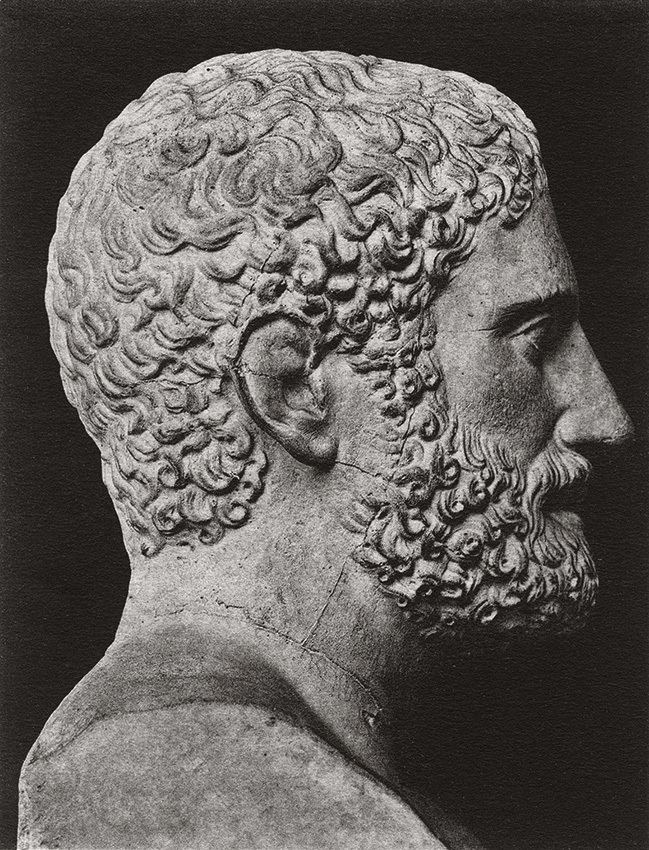
Peisistratids is the common term for the three tyrants who ruled in Athens from 546 to 510 BC, namely Peisistratos and his two sons, Hipparchus and Hippias.
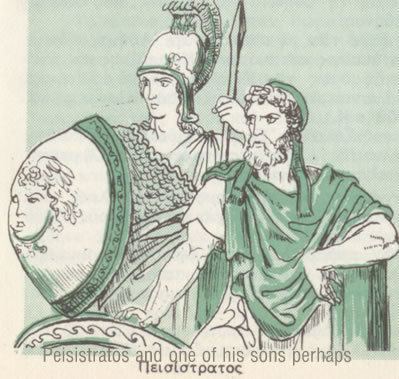
Athen s road to democracy part ii peisistratos
Rise
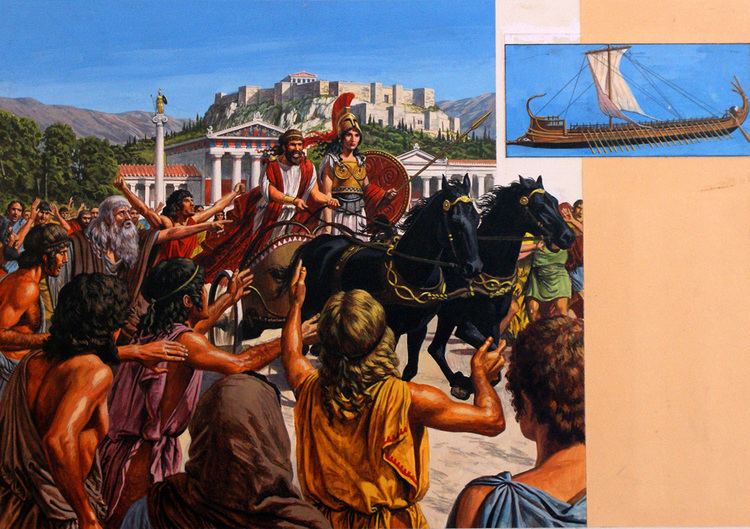
Peisistratos was a distant relative of Solon from northern Attica. He had made a name for himself by capturing the port of Nisaea in nearby Megara by creating a successful coup in 565 BC. Peisistratos was backed by the Men of the Hill, the poorer and majority of the population. This victory opened up the unofficial trade blockage that had been contributing to food shortage in Athens during the past several decades.
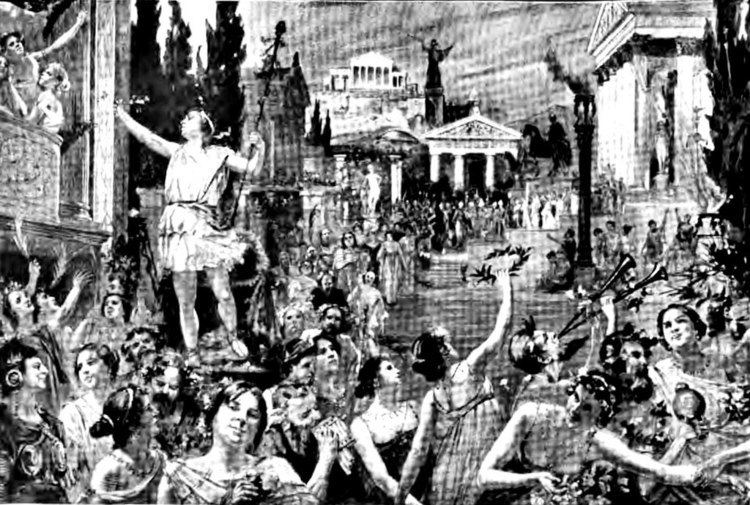
In the period after the Megaran defeat, several political factions competed for control in the government of Athens. These groups were both economically and geographically partitioned.
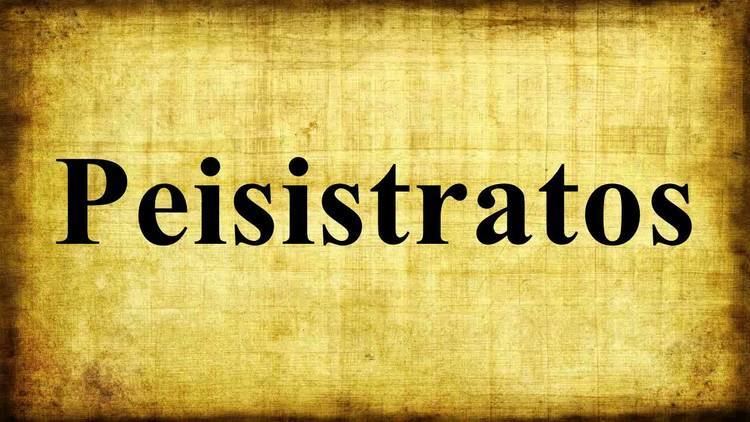

His role in the Megaran conflict gained Peisistratos popularity in Athens, but he did not have the political clout to seize power. Herodotus tells us how he intentionally wounded himself and his mules in order to demand from the Athenian people bodyguards for protection, which he received. By obtaining support from the vast number of the poorer population as well as bodyguards, he was able to seize the Acropolis and the reins of government. The Athenians were open to a tyranny similar to that under Solon – and possible stability and internal peace – and Peisistratos' ruse won him further prominence. With this in his possession, and the collusion of Megacles and his party, he declared himself tyrant.
Periods of power
Peisistratos was ousted from political office and exiled twice during his reign. The first occurrence was circa 555 BC after the two original parties, normally at odds with each other, joined forces and removed Peisistratos from power. Actual dates after this point become unclear. Peisistratos was exiled for 3 to 6 years during which the agreement between the Pedieis and the Paralioi fell apart. Peisistratos returned to Athens and rode into the city in a golden chariot accompanied by a tall woman appearing to be Athena. Many returned to his side, believing he had the favour of the goddess. Differing sources state that he held the tyranny for one to six years before he was exiled again. During his second exile, he gathered support from local cities and resources from the Laurion silver mines near Athens. After 10 years he returned in force, regained his tyranny, and held power until his death in 527 BC.
Popular tyrant
As opposed to the contemporary definition of a tyrant, which is a single ruler, often violent and oppressive, Peisistratos' career was a model example of tyranny, a non-heritable position taken by purely personal ability, often in violation of tradition or constitutional norms. We see this in remarks by both Herodotus and Aristotle. Herodotus, in his Histories, wrote that Peisistratos, "not having disturbed the existing magistrates nor changed the ancient laws… administered the State under that constitution of things which was already established, ordering it fairly and well", while Aristotle wrote that "his administration was temperate…and more like constitutional government than a tyranny". Peisistratos often tried to distribute power and benefits rather than hoard them, with the intent of easing stress between the economic classes. The elites who had held power in the Areopagus Council were allowed to retain their archonships. For the lower classes, he cut taxes and created a band of travelling judges to provide justice for the citizens. Peisistratos enacted a popular program to beautify Athens and promote the arts. He minted coins with Athena's symbol (the owl), although this was only one type on the so-called Wappenmünzen (heraldic coins) and not a regular device as on the later, standard silver currency. Under his rule were introduced two new forms of poetry, the dithyramb and tragic drama, and the era also saw growth in theatre, arts, and sculpture. He commissioned the permanent copying and archiving of Homer's two epic poems, the Iliad and the Odyssey, and the canon of Homeric works is said to derive from this particular archiving.
Three attempts at tyranny
With Peisistratos' successful invasion and capture of Nisaea, he attained great political standing in the assembly. He initially met with resistance from nobles like Megacles, the son of Alcmaeon, and Lycurgus, the son of Aristolaïdes, who had shared power between them. Megacles came over to Peisistratos' side and, with his help, Peisistratos was accepted as tyrant by the Athenian assembly in 561, and, according to Herodotus, he "administered the state constitutionally and organized the state's affairs properly and well." However, he was soon thereafter ousted. Herodotus explains his exile “Not much later, however, the supporters of Megacles and those of Lycurgus came to an understanding and expelled him”.
He soon had a second chance. Megacles invited him back in 556 on condition that he marry Megacles' daughter. Peisistratos returned in triumph accompanied by a tall, local woman named Phye, whom he passed off as Athena. The awestruck Athenians thus accepted his second tyranny. Peisistratus, however, refused to impregnate Megacles' daughter, which ended their coalition. Peisistratos was forced to leave Attica entirely. During his nearly ten-year exile, he created an alliance with powerful allies and accumulated great wealth. With his powerful personal army, he marched to Marathon and from there to Athens. His popularity soared and many locals supported him. Thus, in 546 BC, he began his third and final tyranny.
Policies
Peisistratos' main policies were aimed at strengthening the economy, and similar to Solon, he was concerned about both agriculture and commerce. He offered land and loans to the needy. He encouraged the cultivation of olives and the growth of Athenian trade, finding a way to the Black Sea and even Italy and France. Under Peisistratos, fine Attic pottery travelled to Ionia, Cyprus, and Syria. In Athens, Peisistratos' public building projects provided jobs to people in need while simultaneously making the city a cultural centre. He replaced the private wells of the aristocrats with public fountain houses. Peisistratos also built the first aqueduct in Athens, opening a reliable water supply to sustain the large population.
Legacy
Peisistratos died in 527 or 528 BC. His eldest son, Hippias, succeeded him as Tyrant of Athens. Hippias and his brother, Hipparchus, ruled the city much as their father had. After a successful murder plot against Hipparchus conceived by Harmodius and Aristogeiton, Hippias became paranoid and oppressive. This change caused the people of Athens to hold Hippias in much lower regard. The Alcmaeonid family helped depose the tyranny by bribing the Delphic oracle to tell the Spartans to liberate Athens, which they did in 508 BC. The Peisistratids were not executed, but rather were mostly forced into exile. The surviving Peisistratid ruler, Hippias, went on to aid the Persians in their attack on Marathon (490 BC), acting as a guide.
